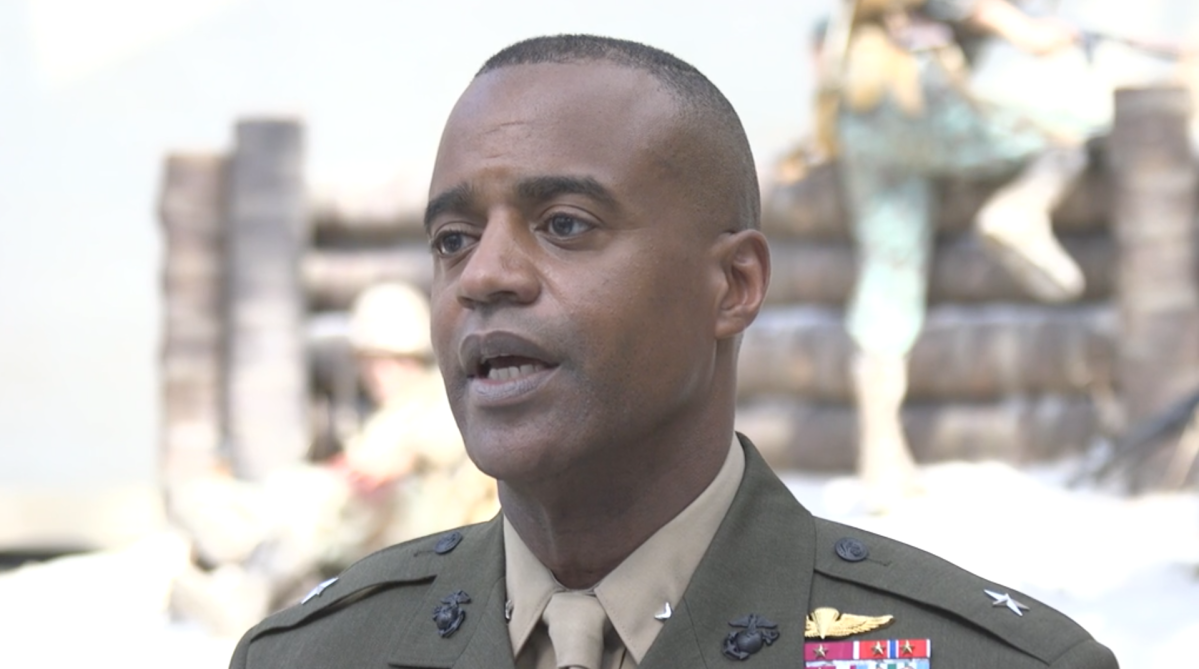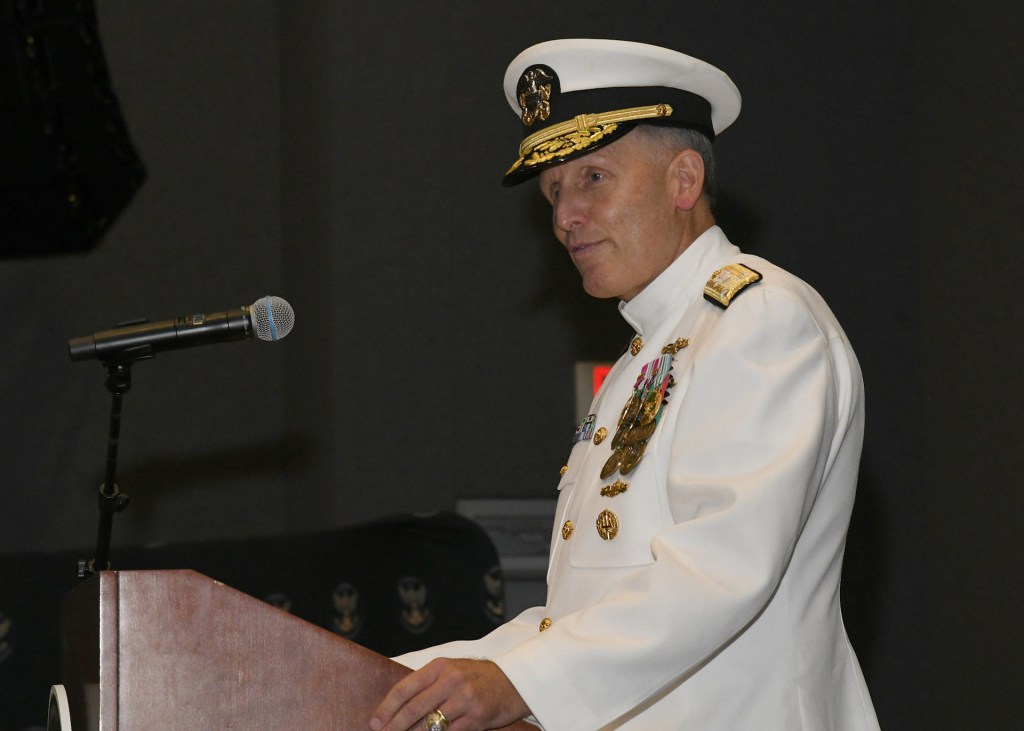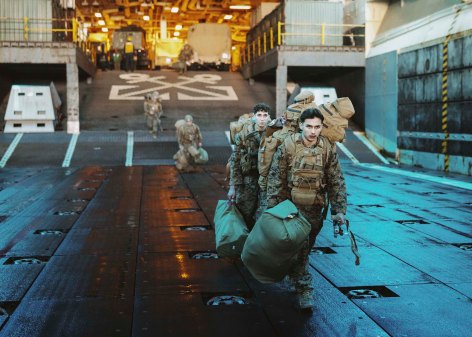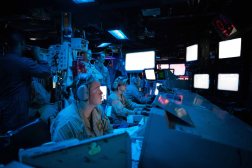Key naval information warfare organizations receive new bosses

The Department of the Navy recently changed leadership for two critical information warfare organizations.
On Friday, Lt. Gen. Melvin Carter assumed his new role as the Marine Corps’ deputy commandant for information. He most recently served as deputy director for combat support at the NSA Cybersecurity Directorate.
Carter succeeds Lt. Gen. Matthew Glavy, who has held the position since 2021 and will retire after a 38-year career in the military.
Glavy had overseen the service’s enshrinement of information into doctrine with the release of Marine Corps Doctrinal Publication-8, Information, in 2022. MCDP-8 aims to describe the purpose and mechanics of using information as a warfighting tool for the entire service.
Earlier this year, the Corps released the next iteration of the document, “MCWP 8-10 Information in Marine Corps Operations.” Glavy previewed this document in early 2023, saying it was meant to be more of a cognitive discussion that breaks away from the lexicon about what information is and isn’t in a military context.
Most recently, his office has worked on an iterative basis on a Network Modernization, or NETMOD, plan, which is a framework to align resources and priorities for the network. It’s a continual effort that is updated each year.
Additionally, Vice Adm. Mike Vernazza became the so-called I-Boss in a ceremony July 26, assuming command of Naval Information Forces. In that role he’ll be responsible for the so-called man, train and equip role for information warfare sailors.

Vernazza previously served as the commander of Fleet Information Warfare Command Pacific/Information Warfare Task Force Pacific, which was created as a direct request from the Pacific Fleet commander to help coordinate effects across the vast information space, including through interservice and allied partners.
In assuming his new job, he took over from Vice Adm. Kelly Aeschbach, who retired after a 34-year career and three years as the I-Boss.
Aeschbach played a big part in advancing Navy IW, namely, its cyber enterprise. Under her leadership — and at the direction of Congress — the service created specific work roles for digital warriors that conduct operations on behalf of U.S. Cyber Command.
Aeschbach has maintained that the demand for information warfare and IW professionals is ever-increasing and officials are struggling to keep up with the demand.
“As we have seen over the last three years, our world is shifting from competition to crisis, and we cannot move fast enough in meeting the demand for IW,” Aeschbach said at the change of command, according to a press release.
“We have made significant progress in ensuring our force is fit to meet the fight ahead with trained and ready warfighters. We’ve stood up officer designators for space and cyber, and have skilled enlisted cyber warfare technicians defending our networks throughout the Fleet and the joint force. We now leverage all officer accession sources — attracting a diverse pool of truly eye-watering talent. We’ve significantly elevated the integration of IW into live, virtual and constructive training, and we are on a trajectory to see an afloat test in the coming year of that capability. And now, from the type command, we have taken ownership of all basic phase information warfare training and certification,” she said.






